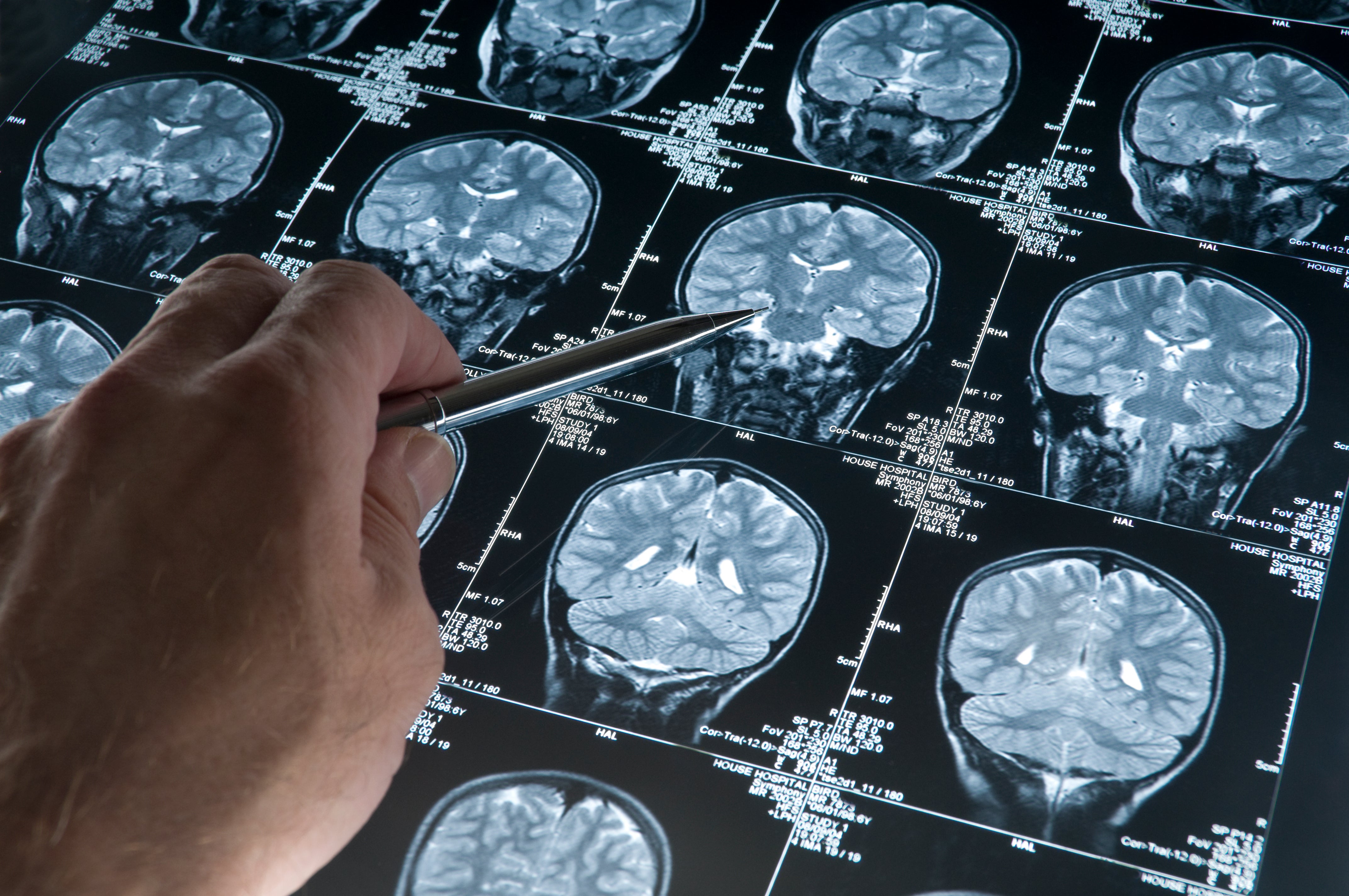ARTICLE AD BOX
A groundbreaking "ultra-fast" test could revolutionise brain tumour diagnosis, slashing the time patients have to wait to find out what type of brain tumour they have from weeks to mere hours.
Currently, patients typically endure a six to eight-week wait to find out the type of brain tumour. This new “game changer” diagnostic tool, which assesses the DNA from a sample taken from the tumour, delivers results in approximately two hours, experts found.
Researchers from the University of Nottingham and Nottingham University Hospitals NHS Trust (NUH) assessed the new test on 50 patients.
They said this means that patients can start treatment faster and the test may even help surgical teams while they are performing operations to remove tumours.
Publishing their findings in the journal Neuro-Oncology, the research team said the new test was “in concordance with standard of care” for “90 per cent of cases”.
They said the new test can provide diagnostic results in under two hours from surgery, and detailed tumour classifications within minutes of sequencing.

Usually, medics have to send samples away to central analysis facilities for genetic analysis, with patients facing long waits to find out what type of tumour they have.
This long wait is “traumatic” for patients and can delay chemotherapy and radiotherapy, experts said.
But the new method, called ROBIN (rapid nanopore brain intraoperative classification), can potentially eliminate this delay, they added.
Professor Matt Loose, from the School of Life Sciences at the University of Nottingham, developed a method to sequence specific parts of human DNA at “higher depth” using Oxford Nanopore Technologies portable sequencing devices.
The team have now used this method to genetically test brain tumour samples.
“Not only is the test more accurate and quicker, but it is also cheaper than current methods,” he said.
“Our calculations stand at around £450 per person, potentially less when scaled up.
“Most importantly, it delivers results to the patients when they need them.”

Neurosurgeon Dr Stuart Smith, from the University’s School of Medicine and NUH, added: “Traditionally, the process of diagnosing brain tumours has been slow and expensive.
“Now, with this new technology, we can do more for patients because we can get answers so much more quickly which will have a much bigger influence on clinical decision making, in as little as two hours.
“Patients find waiting many weeks for results extremely difficult and this adds to the anxiety and worry at what is already a very difficult time.”
Symptoms of a brain tumour
NHS
Common symptoms include:
- headaches
- seizures (fits)
- persistently feeling sick (nausea), being sick (vomiting) and drowsiness
- mental or behavioural changes, such as memory problems or changes in personality
- progressive weakness or paralysis on one side of the body
- vision or speech problems
He said the test was so rapid that it could even help surgeons during any operation to assist with their “surgical strategy”.
Dr Simon Paine, a consultant neuropathologist at NUH, added: “This new method of diagnosing brain tumours is going to be a game changer, it really is revolutionary. It not only increases the speed at which the results will be available, but the degree of accuracy of the diagnosis as well is incredible.”
Commenting, Dr Simon Newman from The Brain Tumour Charity, said: “The delivery of an accurate diagnosis within hours of surgery will be transformative for all patients ensuring rapid access to the optimal standard of care and – crucially – removing the uncertainty patients face when having to wait weeks for their diagnosis and prognosis.
“The potential to combine so many separate tests into one and deliver at a localised level is a game changer for driving equity of access to rapid and accurate molecular diagnosis.”









 English (US) ·
English (US) ·